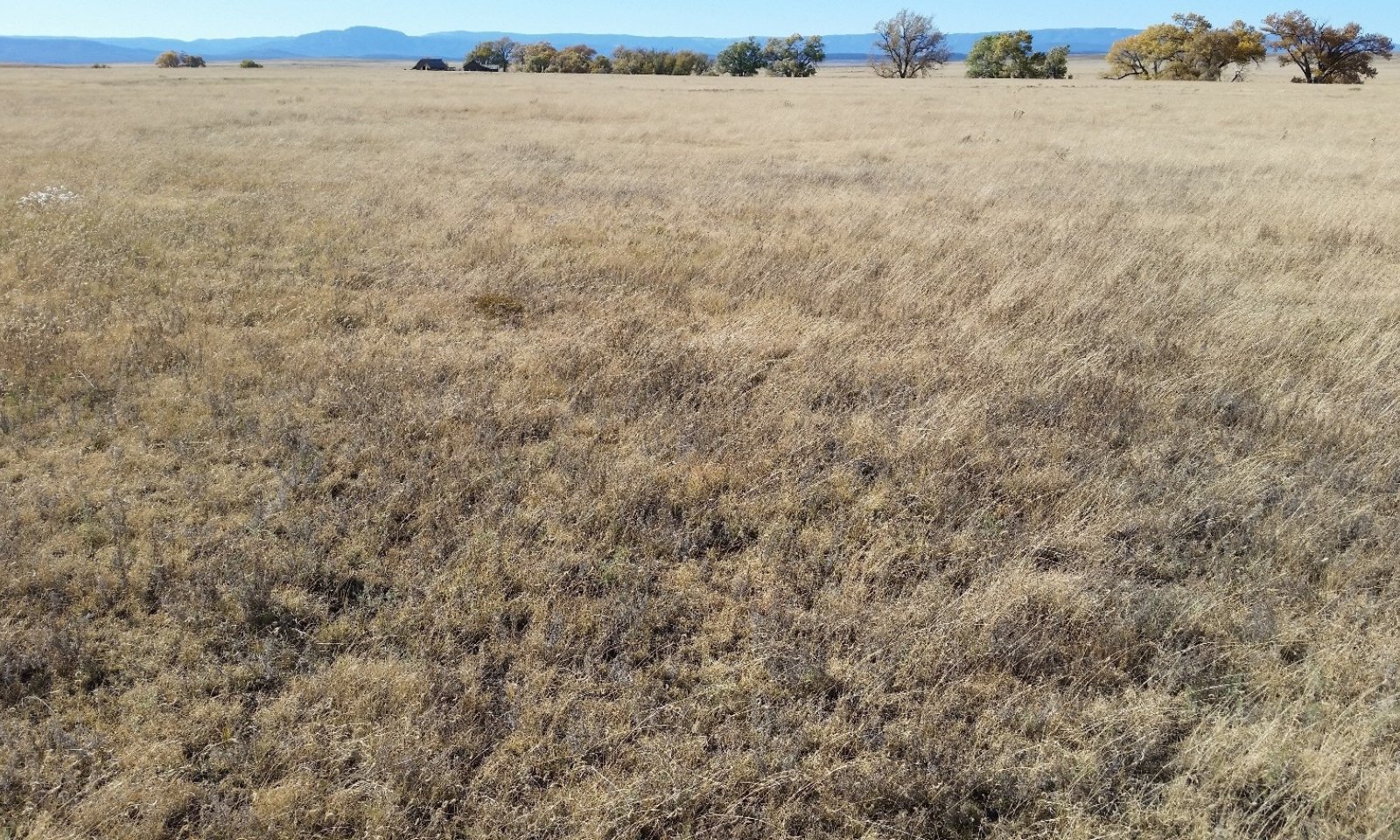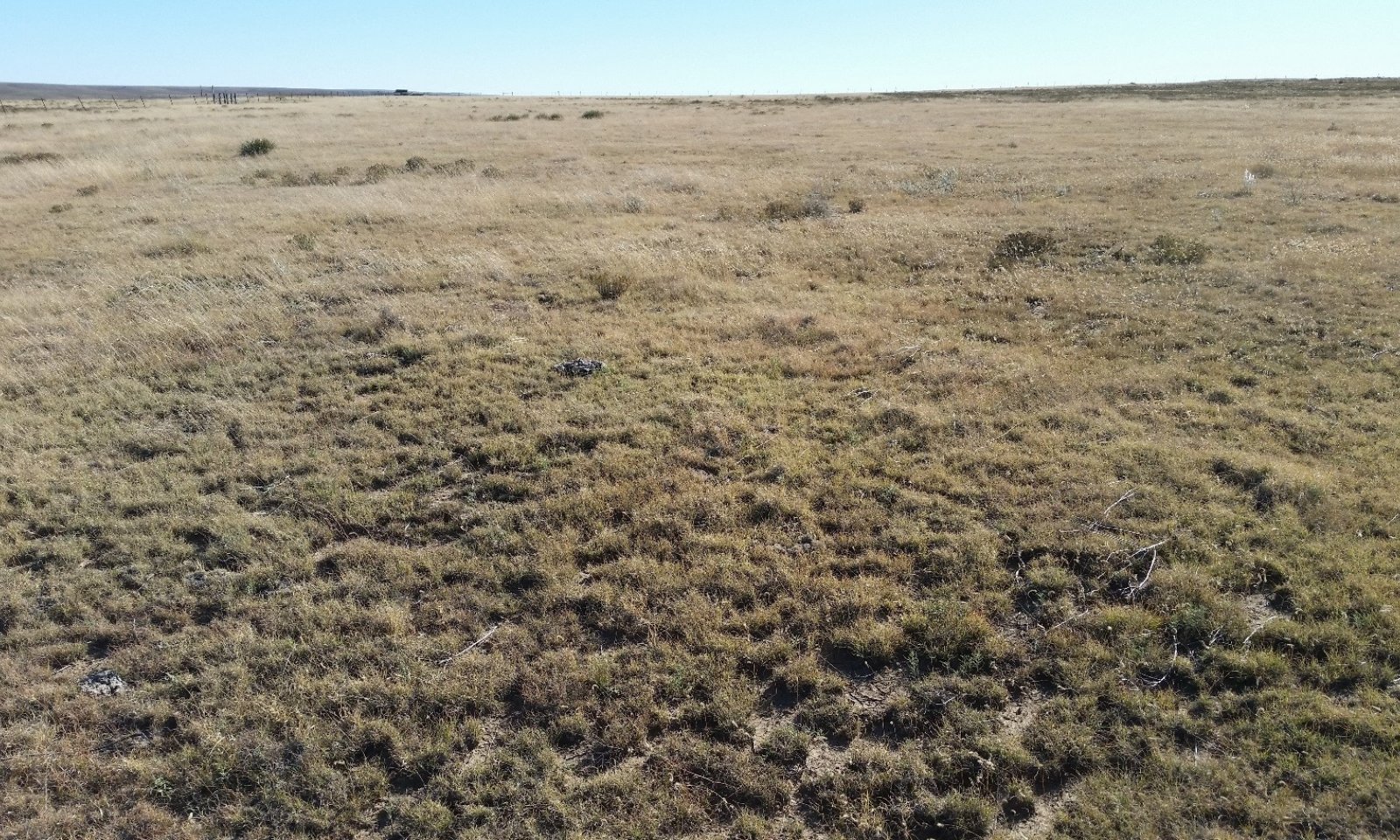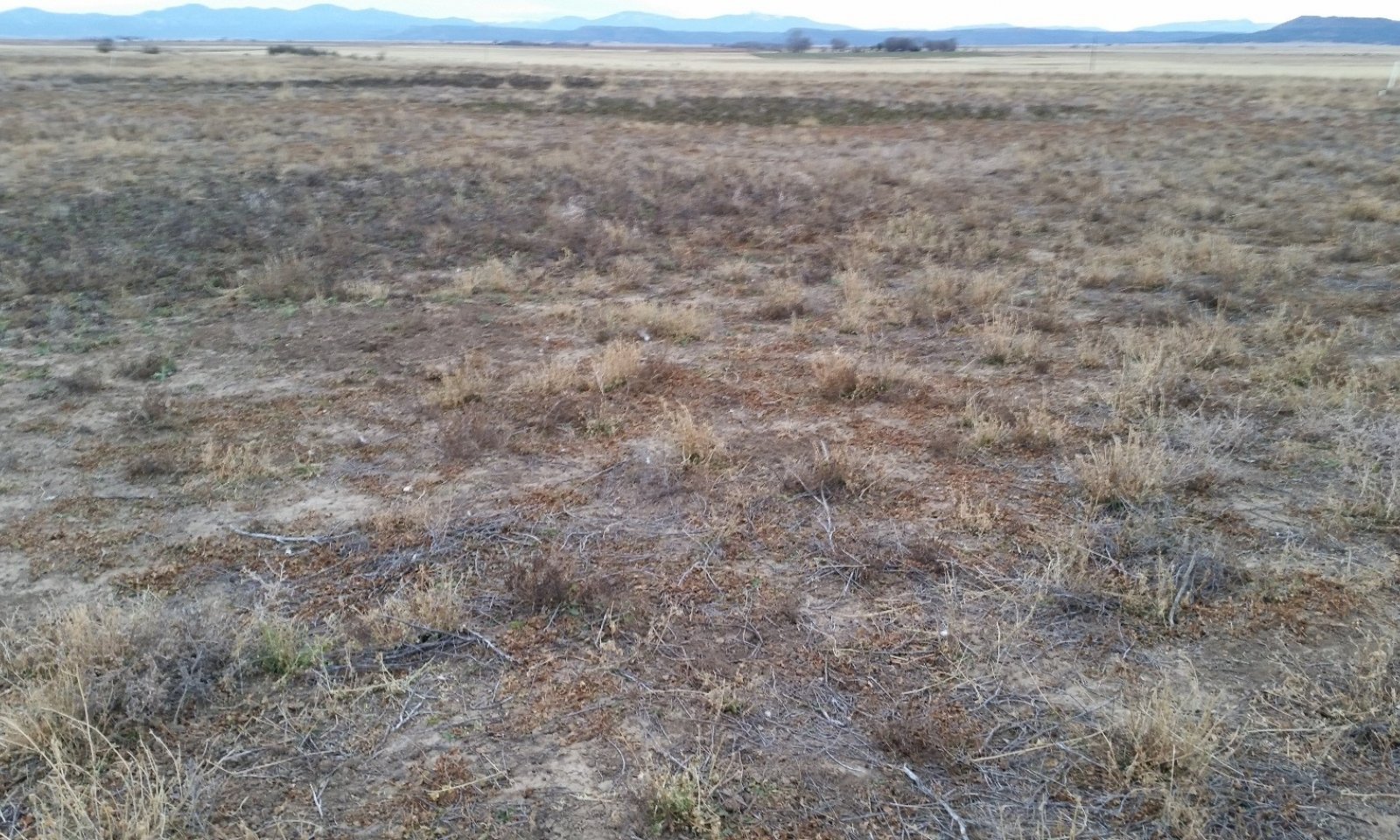
Clayey Flats
Scenario model
Current ecosystem state
Select a state
Management practices/drivers
Select a transition or restoration pathway
- Transition T1A More details
- Transition T1B More details
- Restoration pathway R2A More details
- Transition T2A More details
- Restoration pathway R3A More details
- Restoration pathway R3B More details
-
No transition or restoration pathway between the selected states has been described
Target ecosystem state
Select a state
State 1
Reference State





Description
This state represents the most ecologically stable conditions in terms of resistance to erosion. Moreover, this state has the highest potential for productivity and plant diversity.
See related community phases for more information.
Submodel
State 2
Eroded State






Description
Soils significantly eroded. See related community phases for more information.
Submodel
State 3
Post-Cropped State



Description
This state occurs where rangeland was plowed and, at some point, crop cultivation was abandoned.
Submodel
Mechanism
Slow variables: Continued encroachment by early-seral species, coupled with the loss of herbaceous plant production, leads to decreases in total canopy cover and soil organic matter. The result is an increase in the rate of wind and water erosion—leading to the loss of topsoil and an associated decrease in available water and nutrients. Trigger event: A severe drought kills already-weakened perennial grasses, resulting in a major loss in canopy cover. This die-off is followed by accelerated erosion, which further depletes soil fertility, water-holding capacity, and the seedbank. Threshold: The vigor and cover of perennial grasses is reduced to a point at which some perennial grasses die, and soil surfaces become highly susceptible to erosion.
Mechanism
Trigger event(s): Plowing kills perennial plants. Slow variables: Once crop planting ceases, pioneer species (mostly annual forbs) establish and their abundance gradually increases. Threshold: After repeated cycles of plowing and/or applications of herbicides, the native seedbank is exhausted.
Mechanism
An increase in the competitive advantage of various perennial grass species through physical, chemical, and biological management practices. This restoration pathway will likely require long-term, multifaceted approaches and high-energy inputs. In order to return to State 1, erosion will have to be reversed, grazing will have to be tightly-controlled, and the re-introduction of extirpated plant species may be required. Favorable weather patterns may also be necessary.
Mechanism
Trigger event(s): Plowing kills perennial plants. Slow variables: Once crop planting ceases, pioneer species (mostly annual forbs) establish and their abundance gradually increases. Threshold: After repeated cycles and/or the applications of herbicides, the native seedbank is exhausted.
Mechanism
The native plant community is re-established via seeding. In order for this to be successful, irrigation and/or favorable weather patterns will be required, Weed-control practices will also be necessary. Whether it is possible to transition into State 1 will depend—in part—on whether topsoil of adequate richness and thickness remains (or is restored).
Relevant conservation practices
| Practice | External resources |
|---|---|
|
Range Planting |
Mechanism
The native plant community is re-established via seeding. In order for this to be successful, irrigation and/or favorable weather patterns will be required. Weed-control practices will also be necessary. This restoration process occurs where topsoil is either degraded or absent.
Relevant conservation practices
| Practice | External resources |
|---|---|
|
Range Planting |
Model keys
Briefcase
Add ecological sites and Major Land Resource Areas to your briefcase by clicking on the briefcase (![]() ) icon wherever it occurs. Drag and drop items to reorder. Cookies are used to store briefcase items between browsing sessions. Because of this, the number of items that can be added to your briefcase is limited, and briefcase items added on one device and browser cannot be accessed from another device or browser. Users who do not wish to place cookies on their devices should not use the briefcase tool. Briefcase cookies serve no other purpose than described here and are deleted whenever browsing history is cleared.
) icon wherever it occurs. Drag and drop items to reorder. Cookies are used to store briefcase items between browsing sessions. Because of this, the number of items that can be added to your briefcase is limited, and briefcase items added on one device and browser cannot be accessed from another device or browser. Users who do not wish to place cookies on their devices should not use the briefcase tool. Briefcase cookies serve no other purpose than described here and are deleted whenever browsing history is cleared.
Ecological sites
Major Land Resource Areas
The Ecosystem Dynamics Interpretive Tool is an information system framework developed by the USDA-ARS Jornada Experimental Range, USDA Natural Resources Conservation Service, and New Mexico State University.


